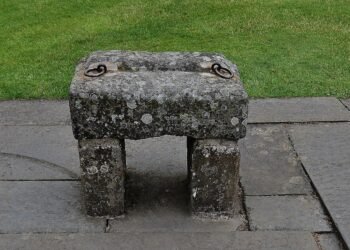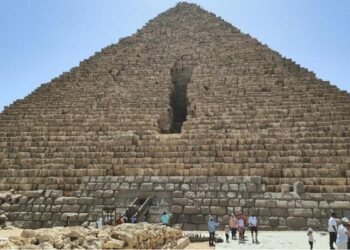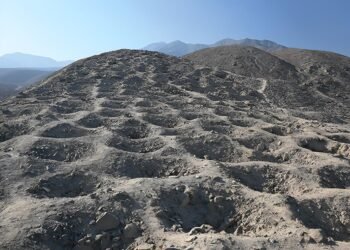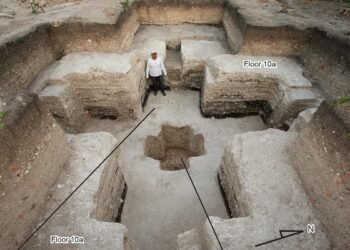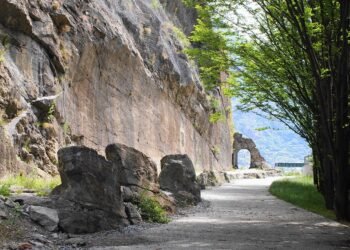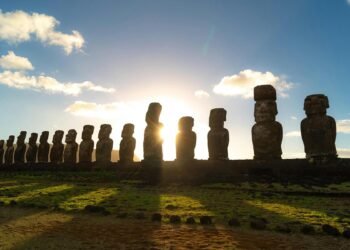Archaeologists from Mexico’s National Institute of Anthropology and History (INAH) have unearthed a Mixtec-Zapotec tomb in the town of San Juan Ixcaquixtla, located in the state of Puebla.

San Juan Ixcaquixtla, perched on a hill, has begun revealing its archaeological wealth during recent urban development efforts. Built atop a complex of ancient burial mounds known as teteles, the town has now yielded its third tomb, shedding light on its deep-rooted pre-Hispanic past.
The site is linked to the Mixtec civilization—a major Mesoamerican culture that flourished between 1500 BCE and 1523 CE. Often referred to as the “cloud people” in Nahuatl, the Mixtec resisted Spanish conquest, including campaigns led by Pedro de Alvarado. Discoveries like this tomb emphasize the resilience and cultural richness of Mixtec towns.
The tomb came to light during construction work and was reported by Santiago Miranda de Aquino, President of the City Council. He immediately informed INAH, prompting the deployment of an archaeological and physical anthropology team in September 2023.
Led by archaeologist Alberto Diez-Barroso Repizo, the INAH team excavated two chambers measuring 4 by 2 meters each. Within these chambers, they uncovered the skeletal remains of at least 20 individuals, dating to the Classic Mesoamerican period (CE 100–650).
The nature of the burials suggests a ritualistic mortuary tradition likely associated with a lineage of merchant-warriors. Among the offerings were 150 ceramic vessels, a carved human bone, a votive axe, and three stone yokes—artifacts often linked to ceremonial ball games.
“The burials reflect a tradition in which multiple individuals, likely from the same lineage, were interred together,” said Diez-Barroso Repizo. “The presence of adults and ceremonial items points to a practice of ancestor worship, revealing how spiritual and social structures intertwined.”
San Juan Ixcaquixtla’s hilltop location, overlooking a broad valley, contributes to its archaeological richness. The concentration of teteles in the town center indicates the significance of burial mounds in the area’s ancient urban planning.
This latest discovery aligns with earlier finds in 2004 and 2013. The 2004 excavation uncovered Tomb 1, notable for its three chambers and striking wall paintings. The tomb found in 2013 was located near the municipal market and featured its own distinct characteristics.
Manuel Villarruel Vázquez, director of the INAH Puebla Center, highlighted the importance of safeguarding the region’s heritage. “The current research will integrate data from the two previously discovered tombs,” he noted, “in an effort to construct a broader understanding of the Mixtec necropolis and its cultural significance.”
The Mixtec civilization is known for its unique language, elaborate jewelry, finely crafted pottery, and richly illustrated codices. Although they paid tribute to the Aztecs during the height of the Aztec Empire, many Mixtec communities preserved their cultural autonomy. The recently uncovered tomb offers a valuable window into Mixtec mortuary customs, religious rituals, and enduring beliefs about the role of ancestors.
These themes are especially evident in the elaborate burial offerings and ceremonial artifacts, such as the stone yokes, which were integral to Mesoamerican ball games. The ongoing archaeological work promises to deepen our understanding of the Mixtec worldview, social organization, and spiritual practices rooted in reverence for their ancestors.
More information: INAH



